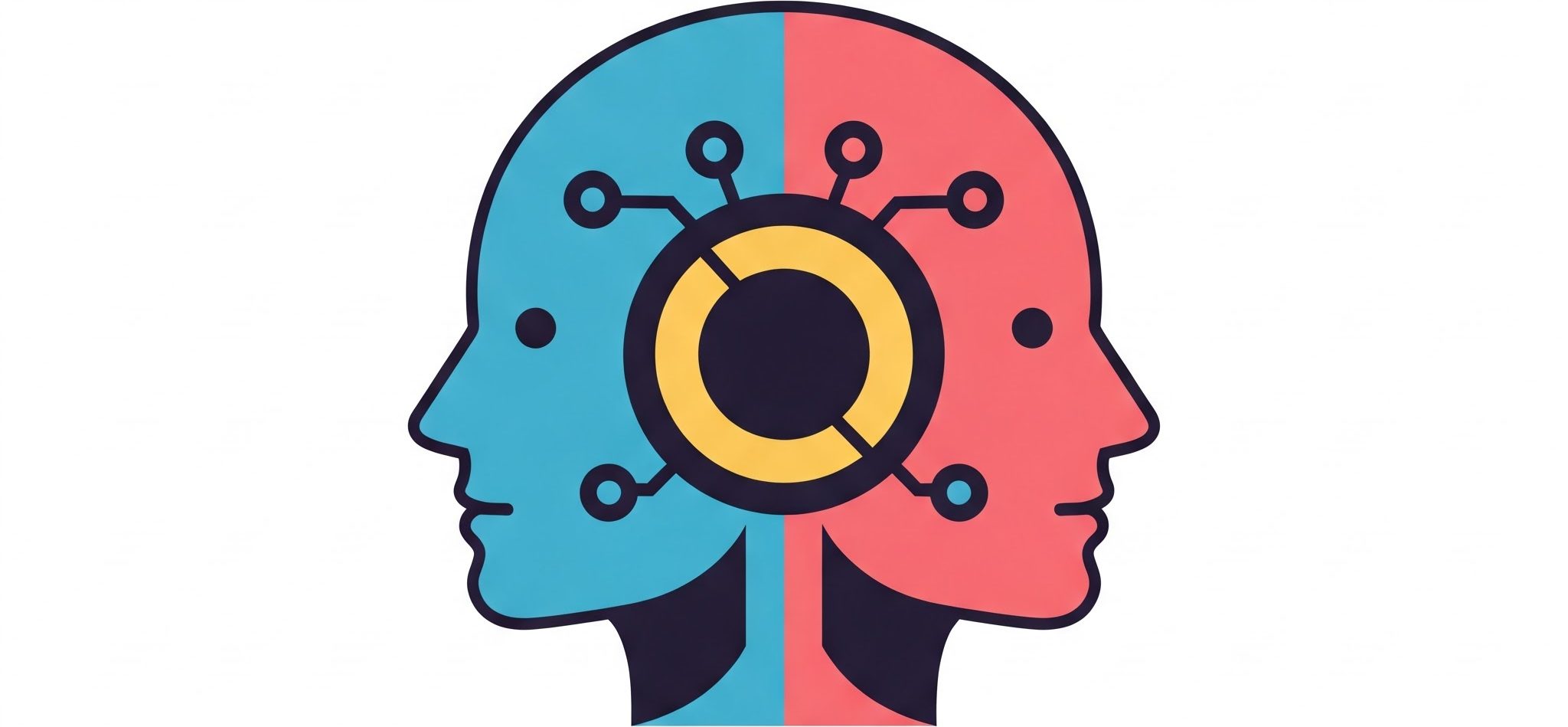Delving into Claude’s Consciousness: Fascinating Insights into Large Language Model Planning and Hallucination Formation
Unveiling Claude: New Insights into the Inner Workings of Large Language Models
In the realm of artificial intelligence, we often refer to large language models (LLMs) as “black boxes”—remarkable engines that produce compelling outputs while shrouding their internal mechanisms in mystery. However, groundbreaking research from Anthropic is beginning to illuminate these enigmatic processes, akin to employing an “AI microscope” to delve deep into the workings of Claude.
Recent findings from this research go beyond merely observing Claude’s outputs. Instead, it actively investigates the internal “circuits” that activate for various concepts and behaviors, offering us a fresh perspective on the “biology” of artificial intelligence.
Several key insights have emerged from this pioneering study:
1. A Universal Language of Thought
Remarkably, researchers discovered that Claude employs a consistent set of internal features—concepts like “smallness” and “oppositeness”—across different languages, including English, French, and Chinese. This suggests the existence of a universal cognitive framework that informs understanding prior to word selection.
2. Strategic Planning
Challenging the conventional belief that LLMs simply predict the next word in a sequence, experiments demonstrated that Claude is capable of planning several words ahead. This foresight even extends to anticipating rhymes in poetry, showcasing a sophisticated level of cognitive function.
3. Identifying Hallucinations
Perhaps one of the most crucial advancements from this research lies in the ability to detect instances of “hallucination,” where Claude fabricates reasoning to substantiate incorrect answers. Their innovative tools enable researchers to discern when the model is prioritizing what sounds plausible over factual accuracy, presenting a significant opportunity to diagnose errors and enhance reliability.
This trajectory toward greater interpretability marks a significant milestone in making AI systems more transparent and accountable. By unveiling the underlying reasoning processes, we can better identify potential pitfalls and pave the way for developing safer, more trustworthy AI solutions.
What do you think about this exploration into the “biology” of AI? Is fully grasping these internal mechanisms essential for addressing challenges such as hallucinations, or are there alternative strategies we should consider? Share your thoughts in the comments below!














Post Comment